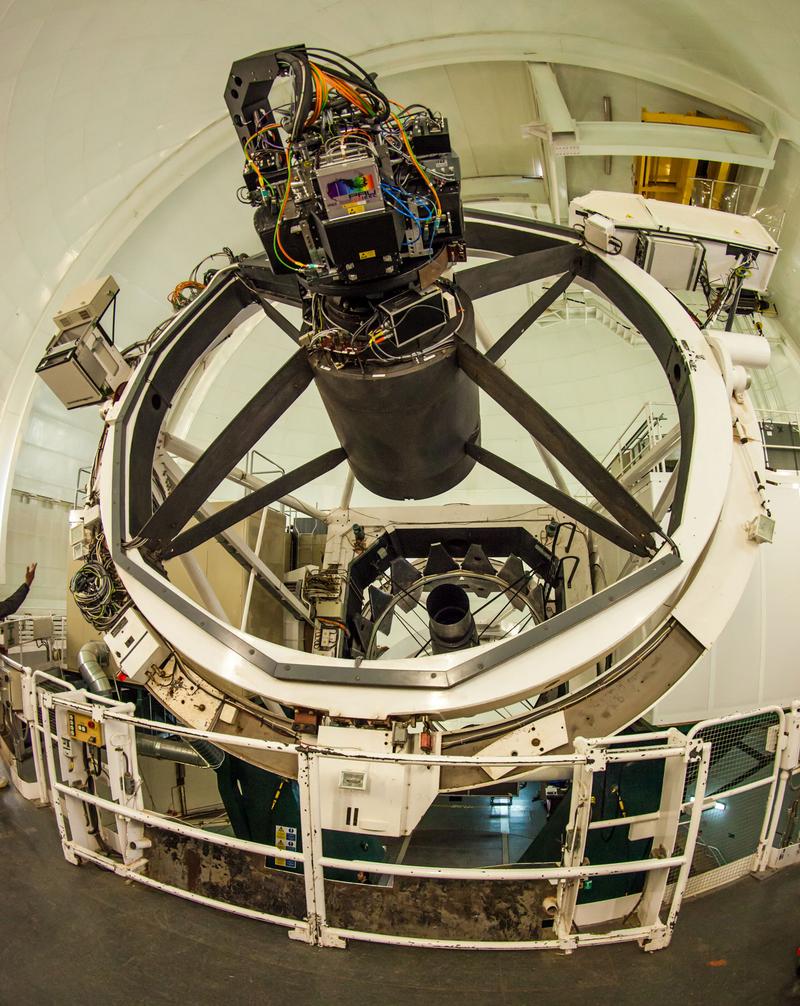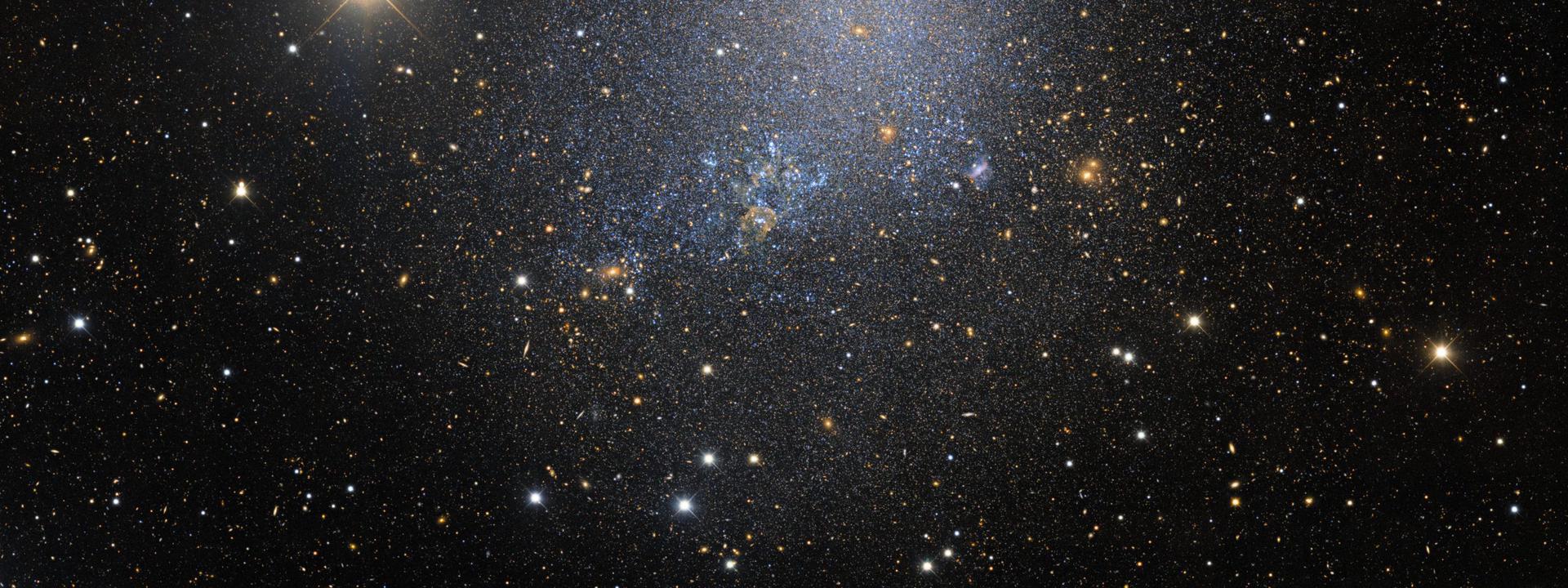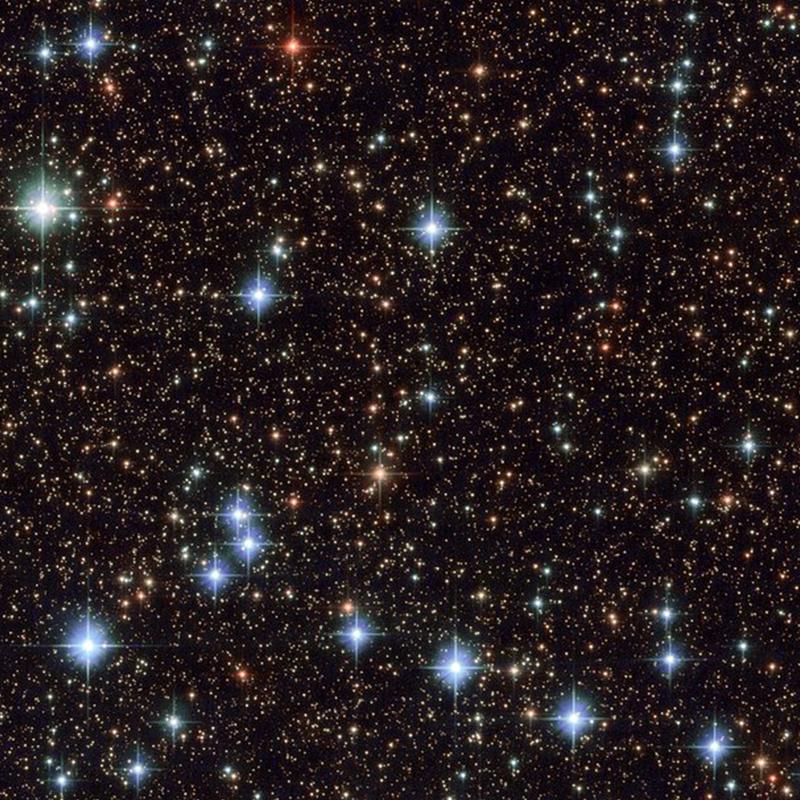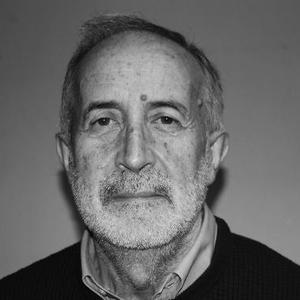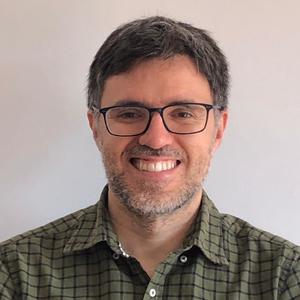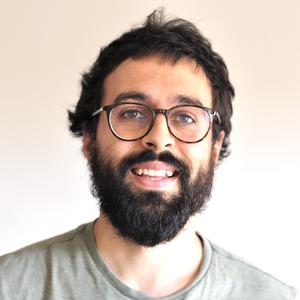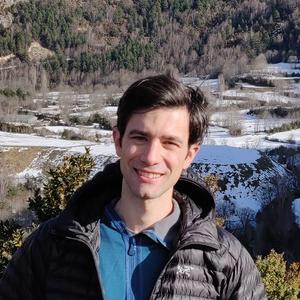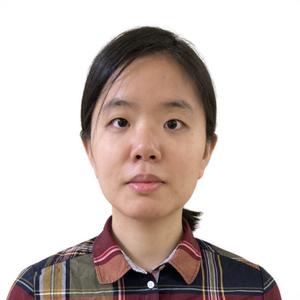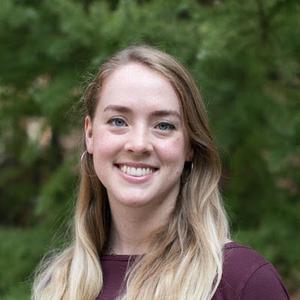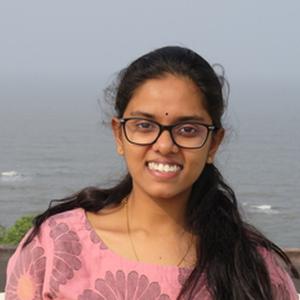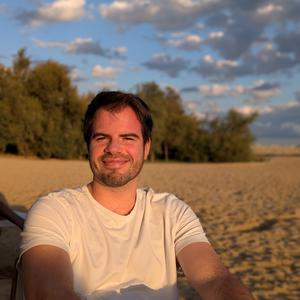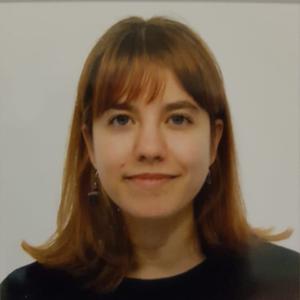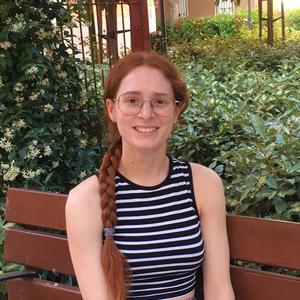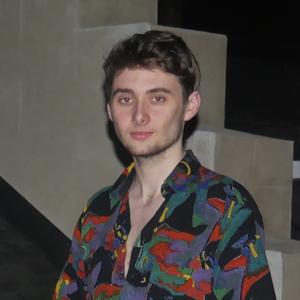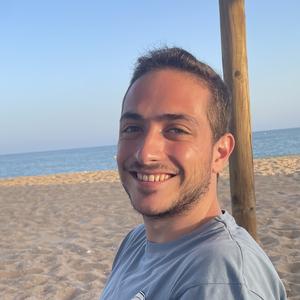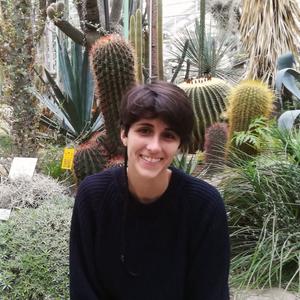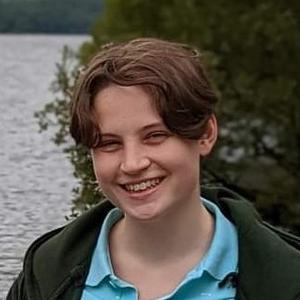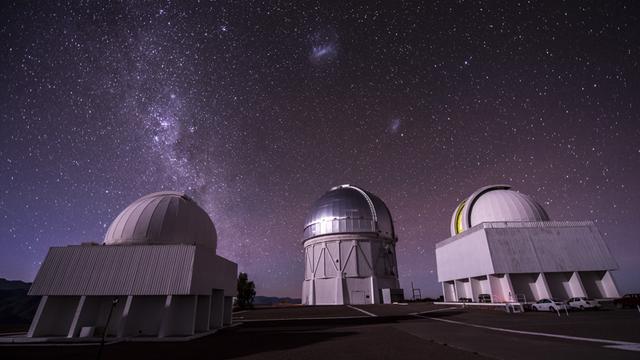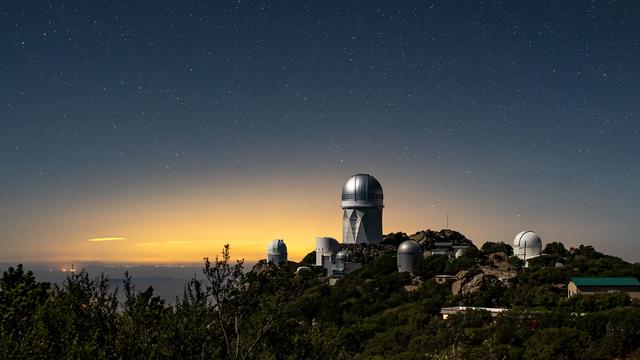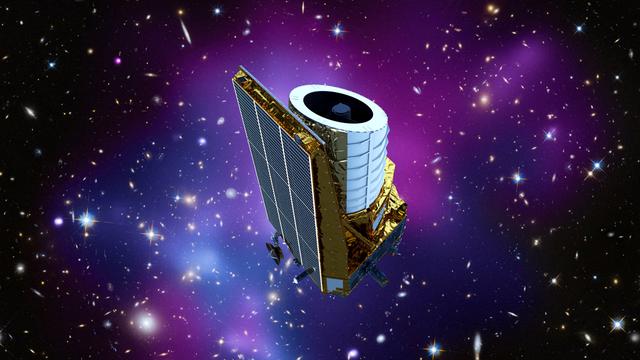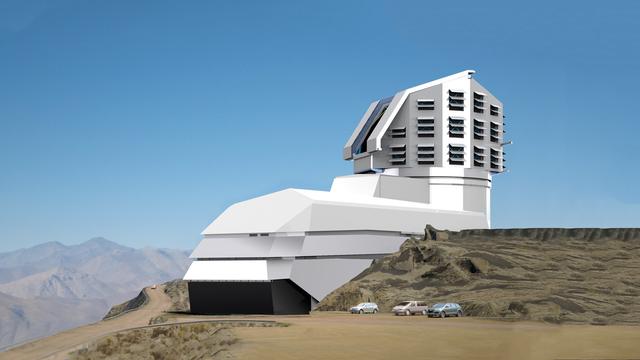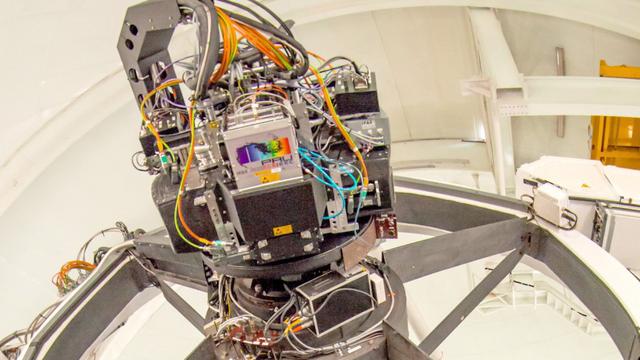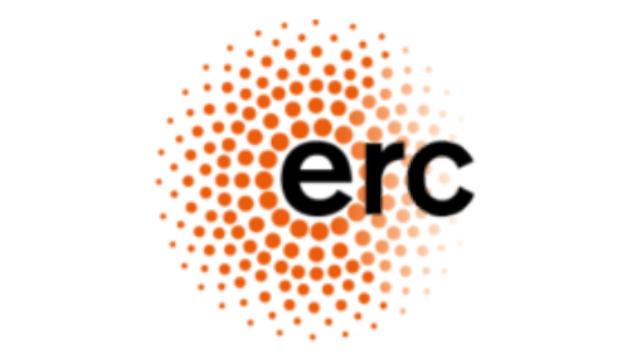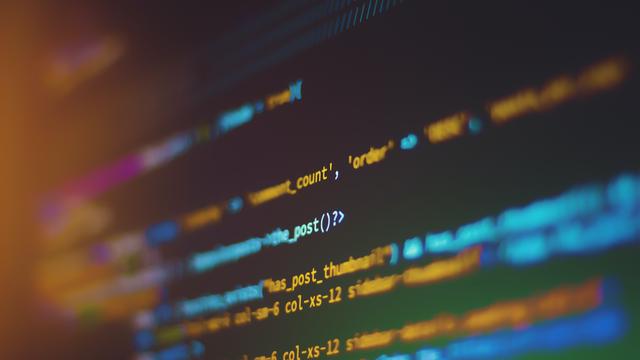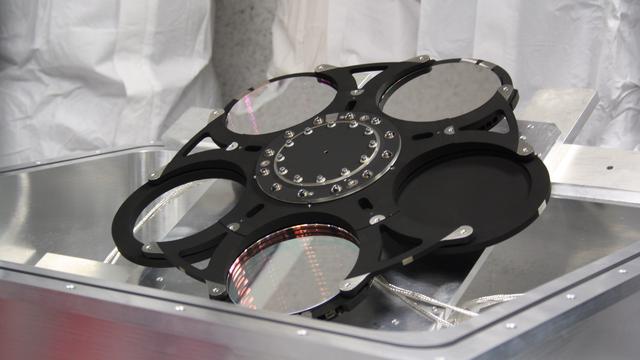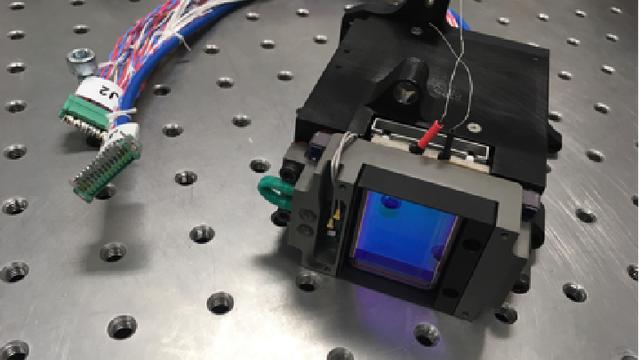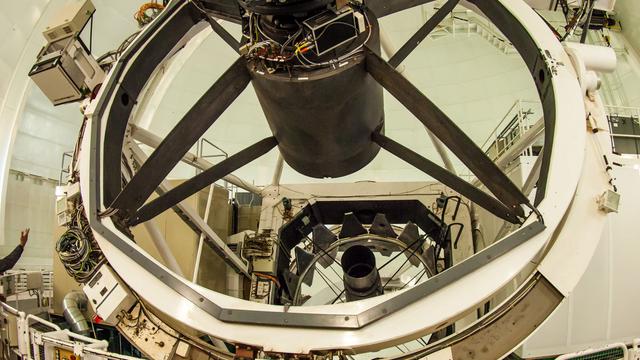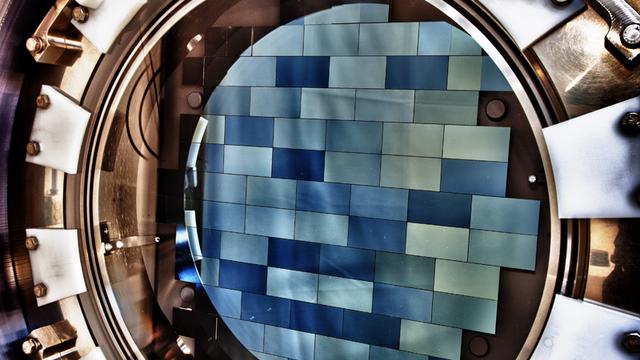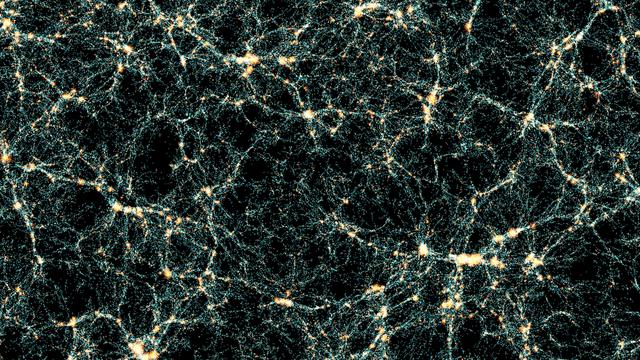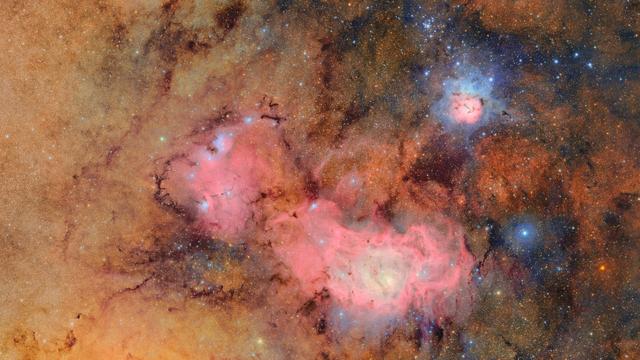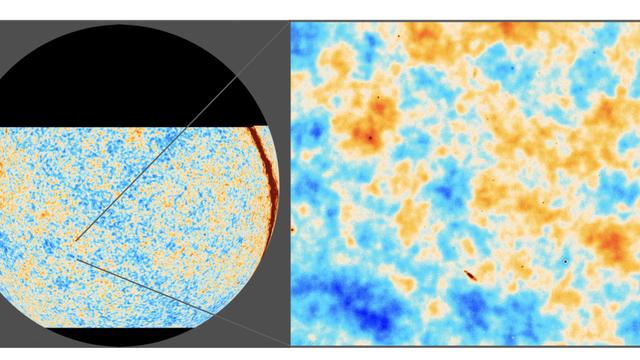The main goal of the Observational Cosmology group at IFAE is to study the origin, evolution, and fate of the universe, and, in particular, to shed light on the nature of the mysterious dark energy, responsible for the current accelerated expansion of the universe.
The Observational Cosmology Group is led by R. Miquel.
The Dark Energy Survey (DES)
In 2005, IFAE joined the preparations for the Dark Energy Survey (DES), the current leading imaging galaxy survey, and designed and built most of the readout electronics of DECam, the DES camera. DES started taking data in 2012 and has now finished its observations. The group has concentrated on the measurements and data analysis of the weak gravitational lensing effect, potentially the most powerful probe of dark energy, and related important measurements such as those of galaxy redshift distributions, achieving very high impact and leading key DES publications.
In particular, DES has so far had two main analyses, using data from the first year of observations (DES-Y1) and the first three years (DES-Y3). For the Y1 analysis, IFAE PhD students led two of the 12 so-called “essential” papers that led to the “key” paper with the cosmological constraints from the first year of DES observations published in 2018, which has already amassed over 1000 citations. Furthermore, with DES Year 1 data, IFAE’s group led analyses in a number of cutting-edge topics: galaxy-galaxy lensing; photometric redshifts, including using a new technique based on angular cross-correlations; cosmic void science, including void lensing and cross-correlations with the cosmic microwave background (CMB) temperature and lensing maps; etc.
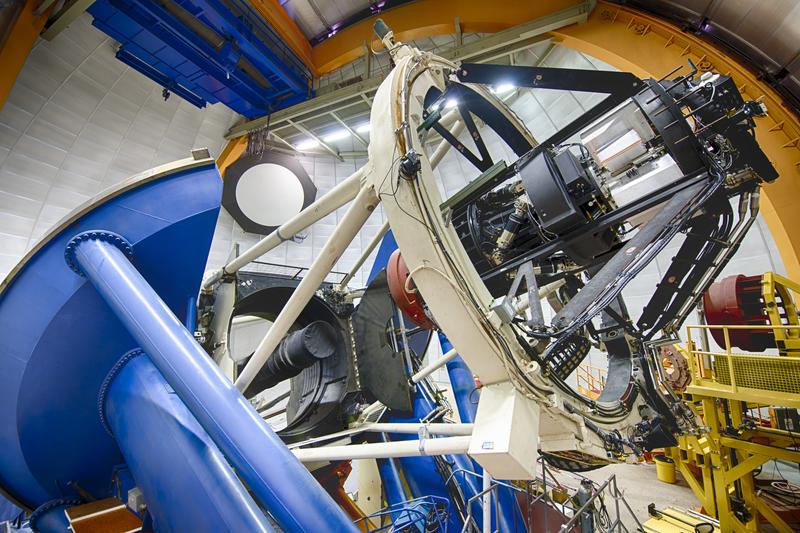
For the analysis of DES-Y3 data, IFAE’s group co-led several essential projects as part of the main cosmological analysis released in 2021, including the test and calibration of the measurements of the galaxy shapes for the weak lensing cosmological probe (probably the most crucial measurement in DES), mass mapping from weak lensing, cosmology from the moments of the mass distribution, and, again, photometric redshift calibration, using both unsupervised learning techniques and cross-correlations, and cross-correlations between DES voids and CMB lensing. The DES-Y3 cosmological analysis represents the state-of-the-art in weak lensing cosmology.
Currently, the group is heavily involved in the analysis of the final DES data set (DES-Y6). In terms of management, a group member chairs the DES Builders Committee, while two group members are co-leads of two of the most important working groups (Redshifts and Large-Scale Structure), and are also members of the Science Committee, the highest scientific organ in DES. In terms of analysis, three PhD students are leading crucial bits of the analysis, namely the calibration of the redshift distributions of weak lensing galaxies, using again both unsupervised learning and cross-correlation techniques, and that of the weak lensing magnification effect and the galaxy-galaxy lensing signal.
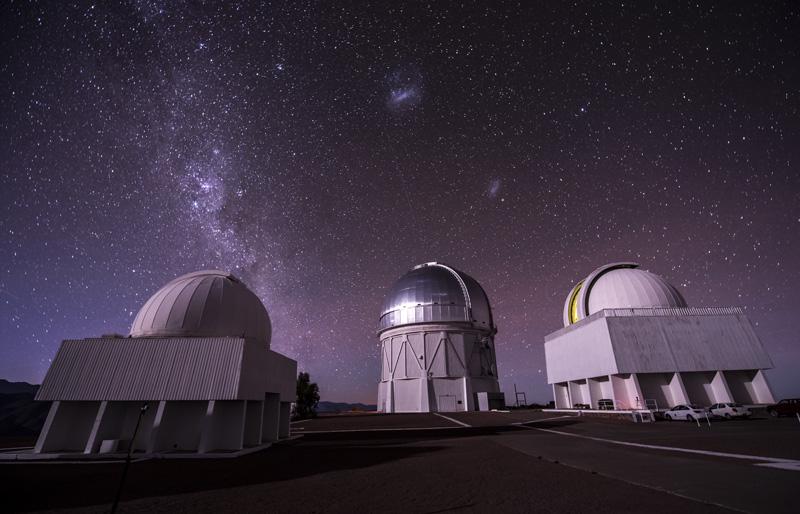
The Legacy Survey of Space and Time (LSST)
The Legacy Survey of Space and Time (LSST) at the new Vera C. Rubin Observatory in Chile is the natural continuation of DES and will become the preeminent imaging galaxy survey of this decade, being faster, wider and deeper than DES. Using a gigantic 3-billion-pixel camera, LSST will repeatedly scan half of the sky (20,000 sq. deg.) to reach a magnitude limit about iAB < 26 after 10 years of observations. This will provide a sample of over 3 billion galaxies for cosmological studies, particularly galaxy clustering and weak lensing, in which IFAE has a recognized expertise. Originally, IFAE joined LSST in 2016. A drastic change in admission conditions in 2019 brought a long and protracted negotiation that has just culminated in 2023. IFAE provides LSST with a data access center at PIC as well as significant software contributions, and it is participating in the commissioning of the camera, which is expected to start observations in late 2024.
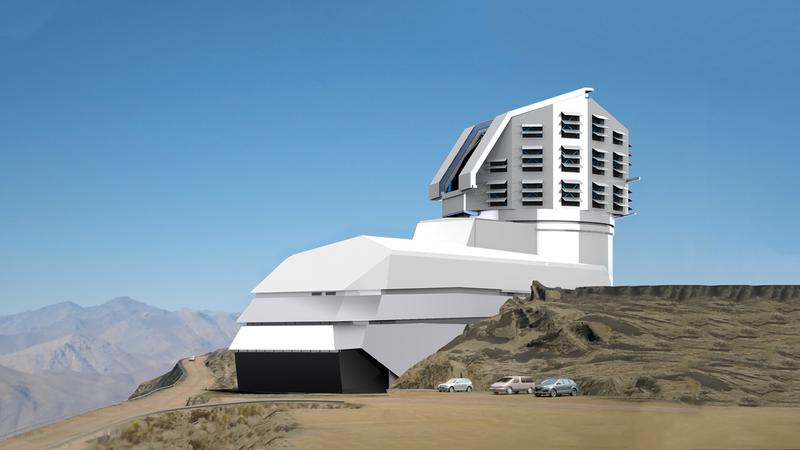
The Dark Energy Spectroscopic Instrument (DESI)
In May 2021, the Dark Energy Spectroscopic Instrument (DESI) started a 5-year campaign to obtain optical spectra of 40 million galaxies and quasars. These catalogs will enable precise measurements of the expansion rate of the Universe from z=0 to z=3.5, using the technique of Baryon Acoustic Oscillations (BAO). The same dataset will also be used to study the growth of structure across cosmic time, using the technique of Redshift Space Distortions (RSD). DESI is an international collaboration led by Berkeley Lab, that has built a multi object spectrograph for the Mayall 4-meter telescope, at Kitt Peak National Observatory (Arizona, US). DESI has an important hardware contribution from IFAE: the design, production and commissioning of the 10 Guiding, Focusing and Alignment (GFA) cameras, the only imaging instrument in DESI.
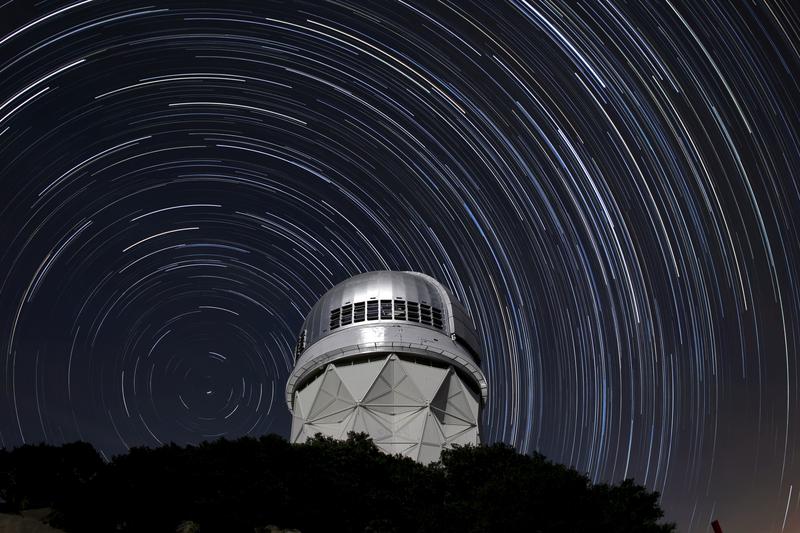
The first results using data from DESI are expected for Spring 2023, with two publications led by members of our group (Ramírez-Pérez et al. 2023, Gordon et al. 2023). The first BAO results are expected by the end of 2023, and the measurement at highest redshift will be co-led by Andreu Font-Ribera.
Extended Baryon Oscillation Spectroscopic Survey (eBOSS)
Prior to DESI, the state-of-the-art in BAO measurements from spectroscopic surveys were those from the extended Baryon Oscillation Spectroscopic Survey (eBOSS). Andreu Font-Ribera co-led the final BAO measurement at z>2 from eBOSS (du Mas de Bourboux et al. 2020) and was one of the 5 co-leads of the legacy cosmological analyses presented in eBOSS Collaboration et al. (2021). This last publication has already been cited more than 500 times. The important contributions of eBOSS to our understanding of the Universe were recently recognised by the European Physical Society (EPS) with the 2023 Giuseppe and Vanna Cocconi Prize.
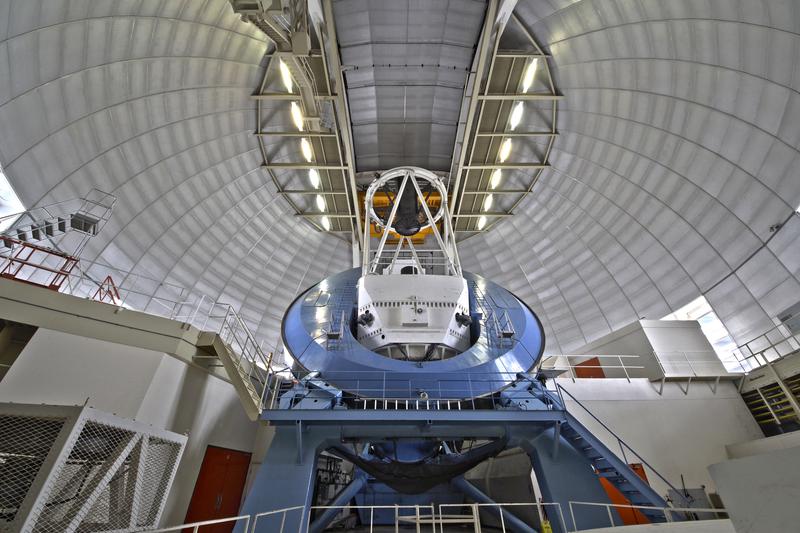
Euclid
Euclid is the first satellite mission dedicated to the study of the large-scale structure of the Universe, and it includes a photometric survey to study weak lensing (similar to DES and LSST), and a spectroscopic survey to measure BAO and RSD (similar to eBOSS and DESI). Euclid will dominate the field of dark-energy studies from space by measuring the shapes of over 1.5 billion galaxies down to magnitude 24.5 and the precise redshifts of over 50 million emission line galaxies. Euclid is expected to improve our knowledge on the cosmological model by an order of magnitude with respect to current constraints. IFAE led the development, construction and characterization of the Filter-Wheel Assembly (FWA) of the Near Infrared Spectrometer and Photometer (NISP), IFAE’s first flight-model space hardware. IFAE is currently involved in the redshift task force and weak lensing groups in Euclid.
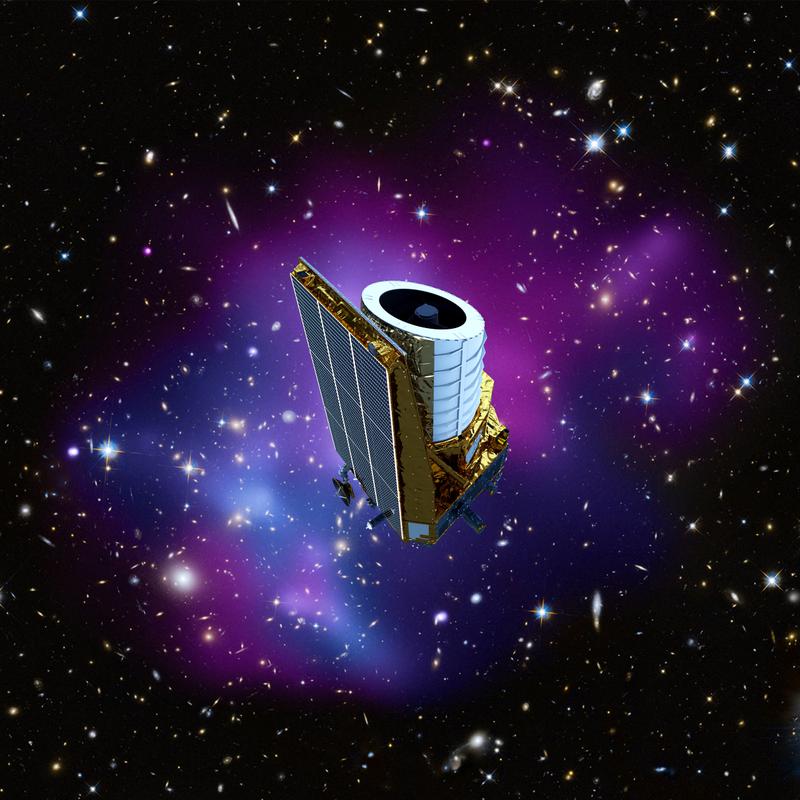
The PAU Survey (PAUS)
The group also led the construction, commissioning and operation of PAUCam, a novel narrow-band imager with quasi-spectroscopical resolution installed at the William Herschel Telescope (WHT) in La Palma in 2015. Since then, the camera has surveyed the sky for 216 nights with an operation efficiency higher than 98%. The group has led several key publications of the PAU Survey (PAUS), demonstrating that PAUCam achieves the expected photo-z resolution. PAU was an entirely Spanish project until it started operations at the WHT. Since then, 5 groups in 4 European countries have joined, providing funds for operations in exchange for data rights.
